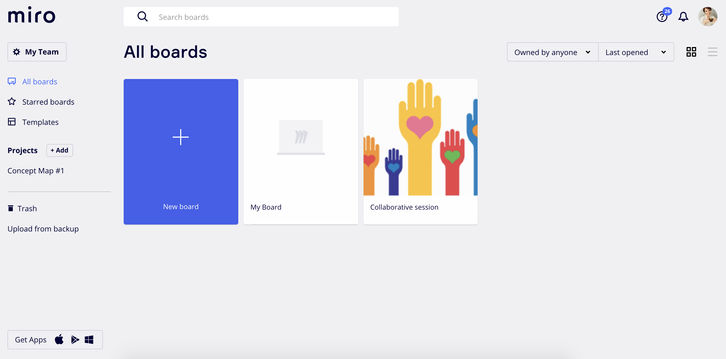

If you are virtual, use Jamboard to have students virtually move their digital stickies from one side to the other. Physically or virtually divide your class into two sides for “agree” and “disagree.” This can be with a line outside if they’re standing, but seated in desks is preferable so they can have a space to work on.Students can quietly raise their hands once a student has shared their stance. The teacher is the “mediator” and chooses who goes.Again, see the note above about building a strong classroom community prior to facilitating a class debate on controversial topics. You can see some were really funny, some were very relevant to the times, and many were controversial. I created a Google Form to do this.Īn authentic picture from my AVID elective class’s Padlet.

Finally, allow your class to vote on which topic(s) they feel will be the most controversial.This will allow you to see the most controversial topics. The next day, change the Padlet feature (mentioned in the previous bullet) to “upvote.” Ask students to read through each idea and give a thumbs up 👍 or down 👎 to agree or disagree with the central statements. Get an idea about where your class stands on the issue(s) to ensure you will have a strong debate.Have students work in groups or on their own to decide on one topic/central statement they would like to debate. Create a Padlet with the “Wall” template. One way to gather their ideas is through the use of Padlet. Students are going to have more buy-in and passion for a topic they select.



 0 kommentar(er)
0 kommentar(er)
